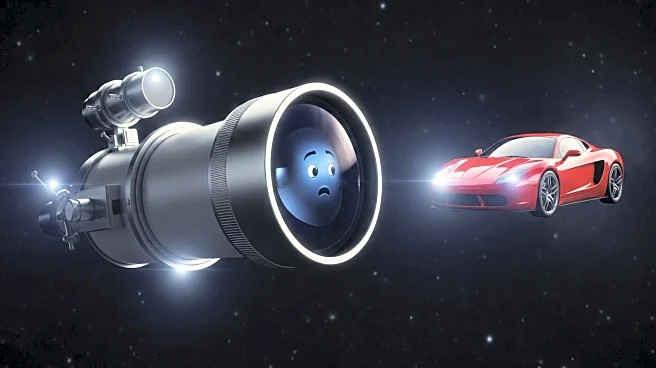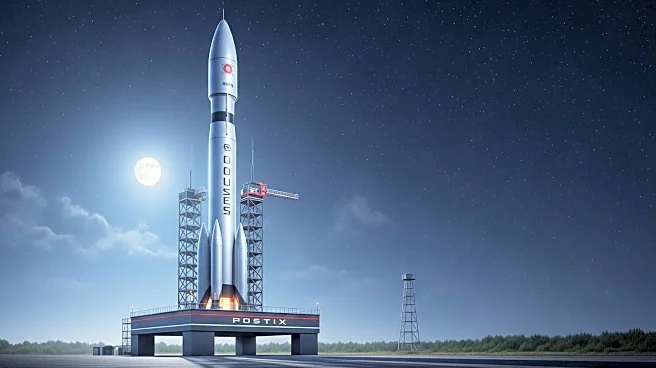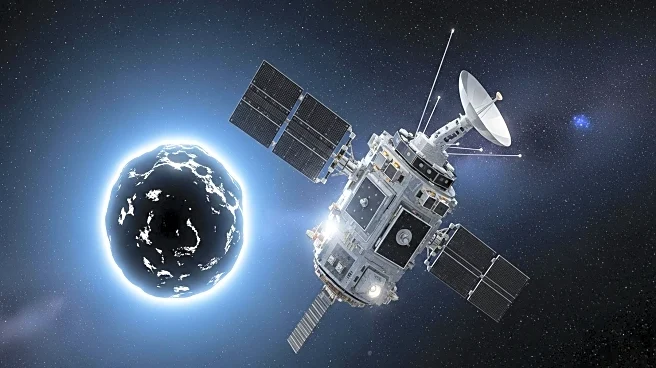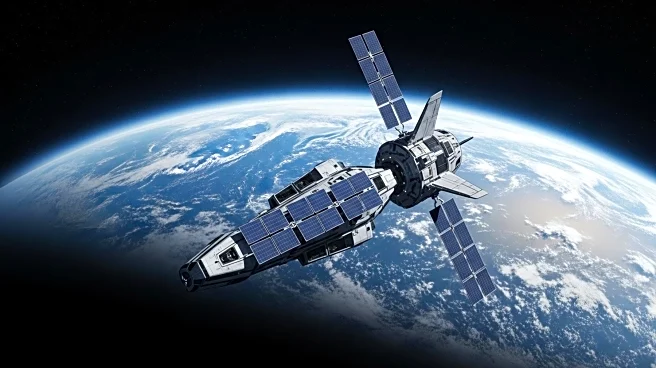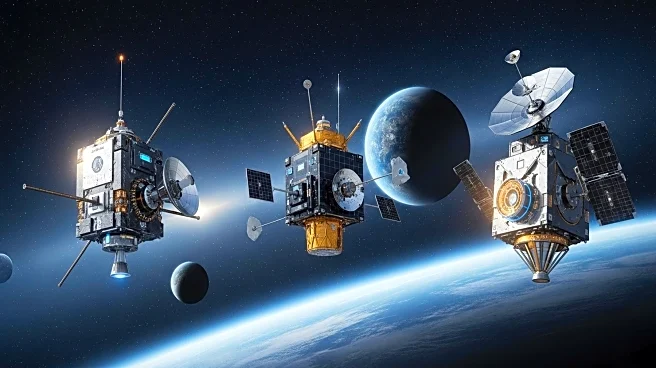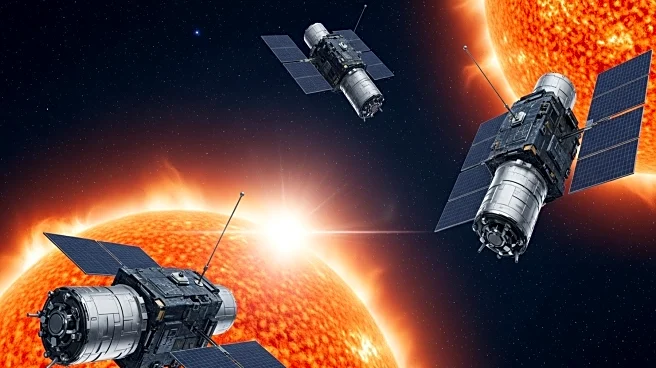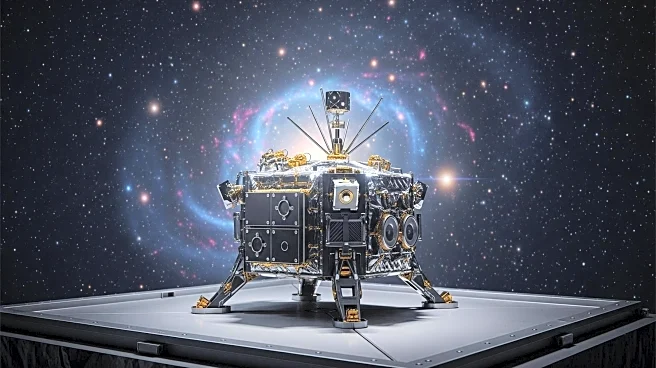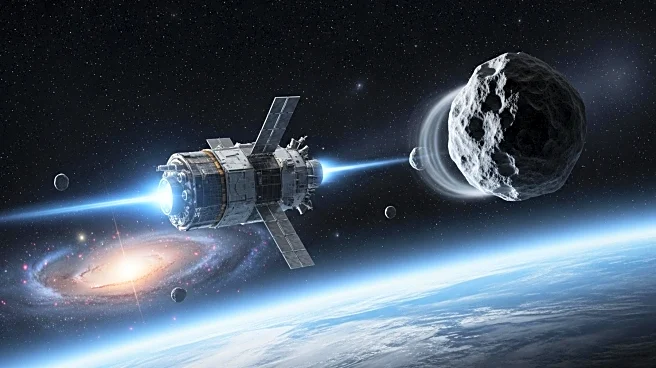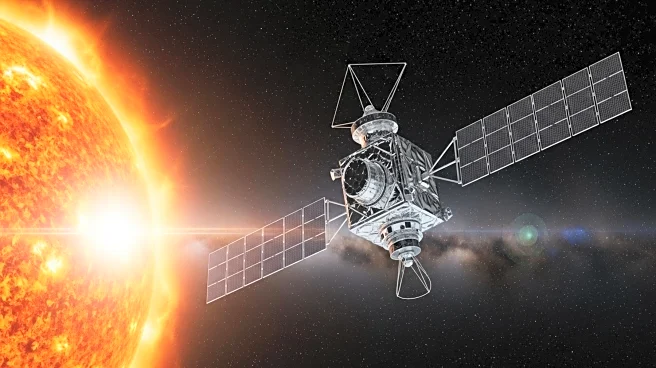What's Happening?
Astronomers initially identified a mysterious object as an asteroid, later discovering it was Elon Musk's Tesla Roadster. The Roadster was launched into space in 2018 aboard SpaceX's Falcon Heavy rocket and continues to orbit the Sun. This misclassification highlights the challenges in distinguishing between natural and man-made space objects. The incident underscores the need for advanced monitoring technologies and international collaboration in space surveillance.
Why It's Important?
The misidentification of the Tesla Roadster as an asteroid underscores the complexities of monitoring space objects. As the number of artificial satellites and space debris increases, distinguishing between natural and man-made objects becomes more challenging. This incident highlights the need for improved detection and classification technologies to ensure accurate monitoring of space objects, which is crucial for planetary defense and avoiding potential collisions.
What's Next?
NASA and other space agencies may invest in developing more sophisticated algorithms and technologies to better differentiate between natural and artificial objects in space. International collaboration could be enhanced to improve space surveillance efforts and ensure the safety of both man-made and natural celestial bodies.
Beyond the Headlines
The presence of man-made objects like the Tesla Roadster in space raises questions about the long-term impact of human activities beyond Earth's atmosphere. As private companies increasingly participate in space exploration, discussions about the ethical and environmental considerations of such ventures become more pertinent.

